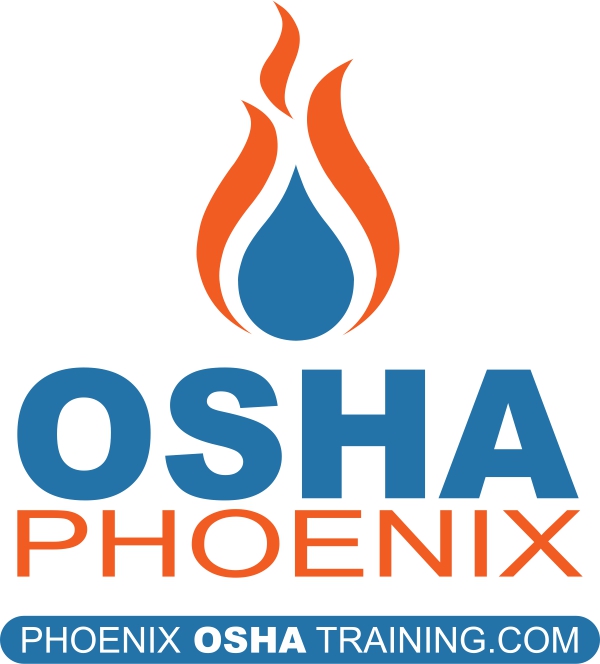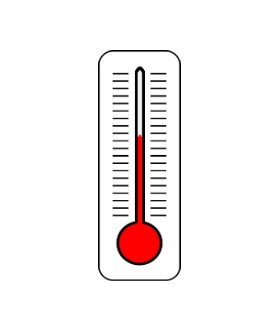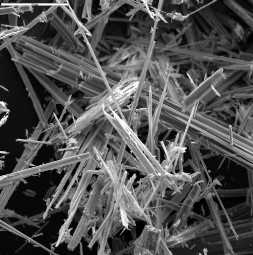As summer temperatures soar, construction workers face significant risks from heat exposure. Heat-related illnesses can range from mild conditions like heat rash to severe, life-threatening conditions such as heat stroke. Heat awareness and proactive measures are crucial to ensuring the safety and well-being of workers in this industry.
The Risks of Heat Exposure
Heat exposure can have serious consequences for construction workers. The most common heat-related illnesses include:
- Heat Rash: Often occurs in hot, humid conditions, where sweat doesn’t evaporate easily.
- Heat Cramps: Painful muscle spasms that result from dehydration and a loss of electrolytes.
- Heat Exhaustion: Symptoms include heavy sweating, weakness, dizziness, nausea, and can lead to heat stroke if untreated.
- Heat Stroke: A medical emergency characterized by a high body temperature, altered mental state, and potentially loss of consciousness.
The Importance of Heat Awareness
Heat awareness is critical in construction for several reasons:
- Safety and Health: Protecting workers from heat-related illnesses ensures their safety and health.
- Productivity: Healthy workers are more productive. Heat stress can lead to decreased efficiency and increased errors.
- Legal and Financial: Employers have a legal responsibility to provide a safe working environment. Failure to address heat risks can lead to legal issues and financial losses due to workers’ compensation claims and fines.
Strategies for Preventing Heat-Related Illnesses
Hydration:
- Provide ample drinking water and encourage workers to drink small amounts frequently.
- Avoid caffeine and sugary drinks that can lead to dehydration.
Rest Breaks:
- Schedule frequent rest breaks in shaded or air-conditioned areas.
- Implement a work/rest schedule based on the heat index and the intensity of the work.
Clothing and Personal Protective Equipment (PPE):
- Encourage workers to wear lightweight, light-colored, and loose-fitting clothing.
- Use PPE designed for hot environments, such as cooling vests.
Training and Education:
- Educate workers on the signs and symptoms of heat-related illnesses.
- Train supervisors to recognize and respond to heat stress.
Case Study: Successful Implementation
A construction company in Arizona, where summer temperatures regularly exceed 100°F (38°C), implemented a comprehensive heat awareness program. Key components included:
- Daily Safety Meetings: Workers were briefed on the day’s weather conditions and reminded to stay hydrated and take breaks.
- Hydration Stations: Water coolers and electrolyte solutions were made readily available.
- Cooling Areas: Temporary shade structures and misting fans were installed on-site.
- Heat Stress Monitors: Supervisors used digital heat stress monitors to track real-time temperature and humidity levels.
The result was a significant reduction in heat-related incidents, improved worker morale, and maintained productivity during the hottest months.
Conclusion
Heat awareness in construction is not just a seasonal concern but a critical component of workplace safety. By understanding the risks and implementing effective preventive measures, construction companies can protect their workers, maintain productivity, and comply with safety regulations. Remember, a well-hydrated, well-rested worker is a safe and productive worker.
If you, or anyone you know needs training, please refer to our training page at phoenixoshatraining.com/services/ .
Published by OSHA Phoenix on July 16, 2024


